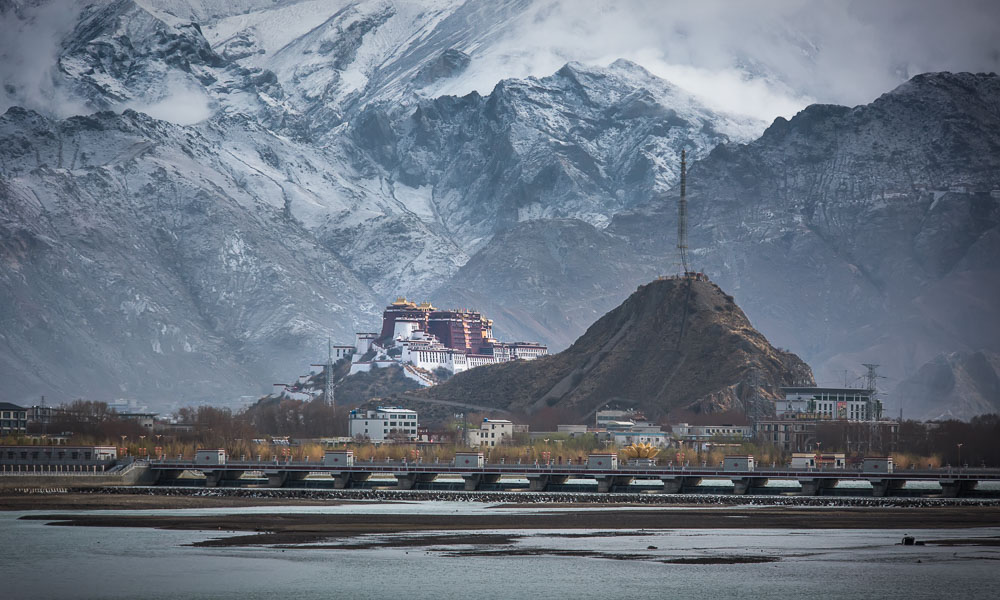Important tips and information on altitude changes and high-altitude sickness in Tibet
Thousands of people travel to Tibet every year to experience the unique culture and visit some of the highest and most remote areas of the world. Whether you are there to see the monasteries and unique culture or to trek around the high mountains and lakes, one thing you need to concern is the hugely increased altitude on the Qinghai-Tibet Plateau. Then for many travelers, altitude sickness is most concerning part of a Tibet tours and few of them may give up the once in a life experiences in Tibet just because of the altitude concern, honestly speaking, it is a natural effect of being on a high altitude, and more important is to know about the altitude sickness and have prepared how to prevent the altitude sickness.
What is Altitude Sickness?
Altitude sickness is a disorder caused by going to high altitude, where oxygen levels are low, without gradually getting used to the increase in altitude. In other terms, it is also known as Acute Mountain Sickness (AMS), altitude illness, hypobaropathy, Acosta disease, puna, and soroche.
Our bodies are used to working at our usual environment. When we travel higher they need time to adapt. Altitude starts to have an effect when you ascend around 1,500m-2,000m or 4920 feet-6560 feet. Our body will start to behave differently as it tries to adapt for the change in the new environment and low oxygen levels. If you go up too fast to above 2500m or 8200 feet, then mild altitude illness and symptoms are very common.
Some very strange things can happen to your body when you go high! Most people who have been to altitude can tell you about having headaches, being out of breath, sleeping badly and lost appetite. These are symptoms of AMS, AMS is uncomfortable, not life threatening. If the AMS symptoms become severe and you keep going higher, then it will lead to worse situation. So, it is very important to concern it when you plan your Tibet tour and booking your tour with an experienced local Tibetan tour company will make your tour different by concerning these issues.
How to arrange your Tibet tour by concerning altitude in Tibet?
Generally, if you give enough time to acclimatize, then most of the people can adjust to altitude between 5,000m (Mt Qomolangma Base Camp) and 5,500m (Mt Kailash Trekking). Above 5,500m few people can adjust easily, and it would take longer time for acclimatization or may need special altitude trainings to adapt. So, what is different about travel at altitude? The main difference is that as you go higher the air pressure gets lower (the air gets thinner), and this means for any single breath that you take there will be less oxygen for your body. Oxygen is needed to give you the energy to move but is also needed simply to keep your body alive and many other biological things your body does normally without you knowing about it.
As your body gets less oxygen it adapts. You breathe faster and deeper. It makes more red cells to carry more oxygen in the blood and changes take time to happen.
Therefore, acclimatization is very important while you arrange your Tibet tour itinerary, normally we advise to ascend no more than 300m-400m (980feet-1300feet) higher at the end of each day, going higher during the day is ok if you go down to sleep at lower altitudes. Always remember “go high and sleep low”.
It is crucial to at least spend two full days in Lhasa which is 3650m or 11975feet, it will allow your body to acclimatize correctly and make it easier for you to acclimatize when you go higher up to Shigatse and Everest Base Camp slowly.
Tibet Stories

Six wishes of a "horseback doctor"
Tamdrintso said that she hopes the state shall issue policies for village doctors in remote ...

